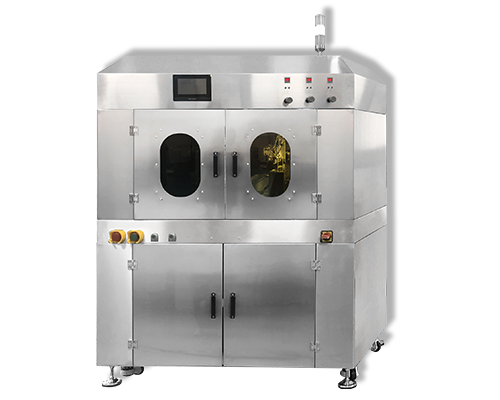Artificial Blood Vessel Manufacturing Process
To date, most of the manufacturing methods used for artificial blood vessels are as follows:
Electrospinning is one of the versatile methods used by tissue engineers to fabricate degradable scaffolds because it is compatible with many polymers and customizable enough to create vascular conduits with optimized properties. The process converts polymers dissolved in volatile solvents into nano- and microfibers in the application of an electric field. However, to create tubular structures such as blood vessels, a rapidly rotating mandrel with a diameter matching the target blood vessel is typically used. By controlling various parameters such as voltage, flow rate, polymer concentration, nozzle size, distance, rotational speed, and solvent, the thickness, density, and physical properties of the resulting scaffold can be varied.
Freeze-drying or lyophilization is another method that uses the principle of sublimation to remove solvents present in polymer solutions. In this method, a polymer solution is poured into a mold and transferred to a freeze dryer, where the solvent is sublimated. The pore size of the construct can be optimized by varying the freezing rate and solute concentration.
Porogen or particle leaching is another method in which porogens (sugars, salts, waxes) or particles are used to create pores prior to leaching by evaporation.
Some other methods used to generate vascular constructs include solvent casting, foaming, phase separation, fiber bonding, self-assembly, rapid prototyping, melt forming, and membrane lamination. Bioreactors are used in tissue engineering to transform cells and tissue-based structures into clinically effective and safe large-scale biological products. One study used a bioreactor to seed human induced pluripotent stem cells onto PGA scaffolds for up to 9 weeks, resulting in blood vessels composed of cells positive for α-smooth muscle actin.
The UAM7000 is a guide wire coating system designed to coat guide wire up to 300 mm in length. A rotating cassette fixture holds one catheter up to 2 meters in length.
The guide wire cassette assembly can be removed for coating other medical devices, making the UAM7000 a flexible R&D development system for a variety of medical device coatings.
Chinese Website: Cheersonic Provides Professional Coating Solutions


